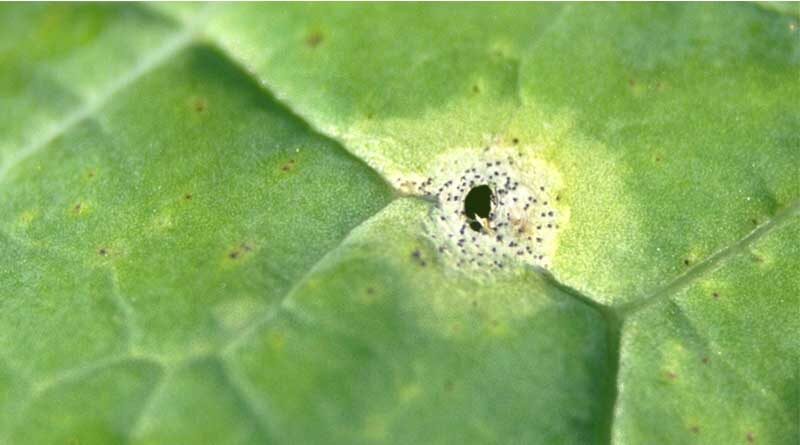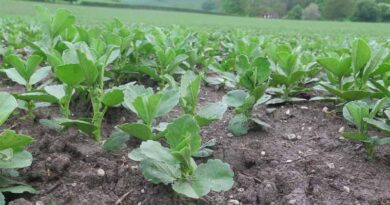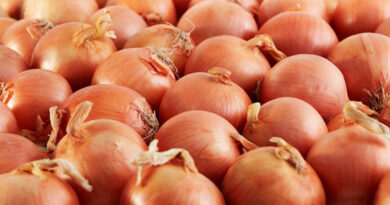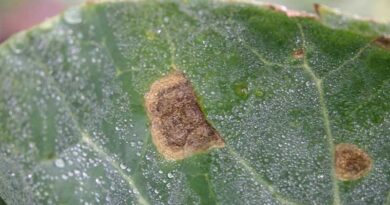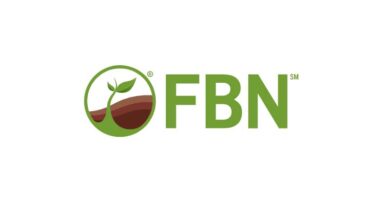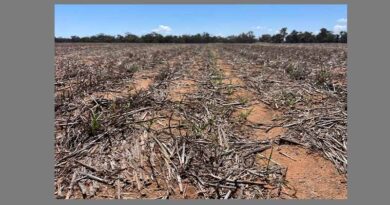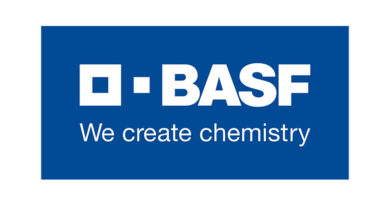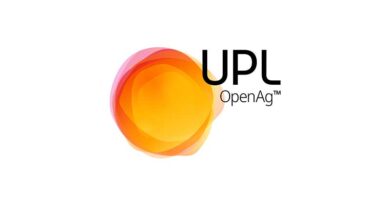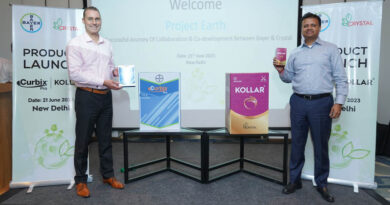Rain events pose early phoma threat for 2021 season
21 September 2021, UK: Repeated rain showers that proved so disruptive to this season’s harvest for many, have also created the conditions for early phoma spore release. The result is the potential for early initial infection in this year’s reportedly increased oilseed rape area.
Once repeated wet weather events have primed infection points on last year’s crop stubble, each successive rain shower can trigger the release of millions of wind-borne infective spores
Syngenta Technical Manager, Georgina Young warns growers should prioritise Plover fungicide treatments for infected OSR crops currently at small growth stages, and especially those with lower resistance ratings.
Also Read: Corteva Agriscience Announces Winners for 2021 Climate Positive Leaders Program
“With autumn weather conditions typically remaining milder through to later in the season, there’s the potential for phoma infection to develop faster on the leaf,” advised Georgina. “Once the pathogen spreads down the leaf petiole and into the stem, it’s too late for any fungicide activity to stop it.
“For small leaved crops, it’s advisable to err on the side of caution with the threshold of 10 to 20% of plants infected,” she advocated.
Plover is especially crop safe and, with no PGR effects, it won’t hold the crop back; it can be used from the four-true leaf stage.
“In seasons where infection begins early, the disease pressure is only going to grow.” In previous years with similar wet early autumn conditions, the characteristic leaf spotting had been seen from late September.
The earlier the pathogen gets into the stem, the larger and more damaging resulting cankers will prove to yield. AHDB research and grower surveys have shown phoma is still one of the most important causes cause of yield loss from autumn diseases.
“More advanced crops, with larger leaves, do give greater flexibility with treatment timing, since it takes longer for the spread to reach stems,” she highlighted.
Varieties with higher resistance rating will also help to restrict the pathogen’s development, however they do still require the same protection strategy.
Georgina pointed out that the AHDB forecast can be used to give an indication of the likely timing when crops will reach threshold levels, with field walking still the best way to identify disease in the crop.
With an early first application timing – such as could be seen this season – a two-spray Plover programme has invariably paid dividends from higher yields.

